
If you read Japanese manga, then you might be familiar with the story of the latest sci-fi epic to hit cinema screens. Alita: Battle Angel is based on one such series, which sets up a unique futuristic world where humans co-exist with cybernetic organisms. The movie certainly looks remarkable and features some impressive visuals. However, the creaky screenplay ultimately prevents the final result from being anything more than a curious oddity.
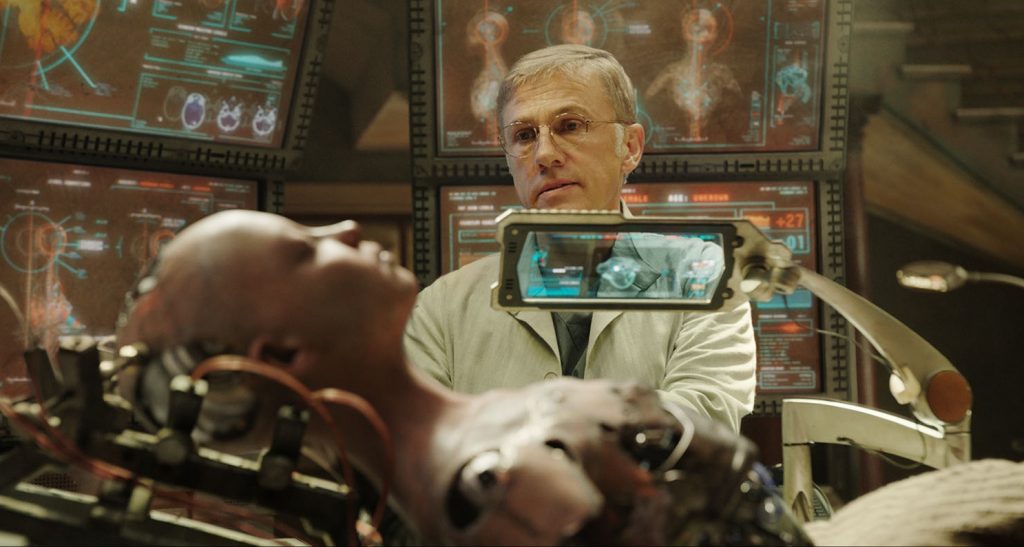
Set in a post-apocalyptic future, the story begins with cyborg scientist Dr. Dyson Ido (Christoph Waltz) discovering the robotic head of Alita (Rosa Salazar). He quickly finds a human brain in the tangle and succeeds in jump-starting it. Newly awakened, Alita has no memories of life, but shows a natural talent for battle. She is soon drawn to the hugely popular but deadly sport of Motorball as well as a friendly teenager named Hugo (Keenan Johnson). As Alita attempts to find out more about her origins, she discovers that guardian Ido moonlights as a bounty hunter. Alita also learns that Ido’s ex-wife Chiren (Jennifer Connelly) is involved with sinister Motorball official, Vector (Mahershala Ali)… and that there may be an even more sinister force pulling strings in a nearby sky city.
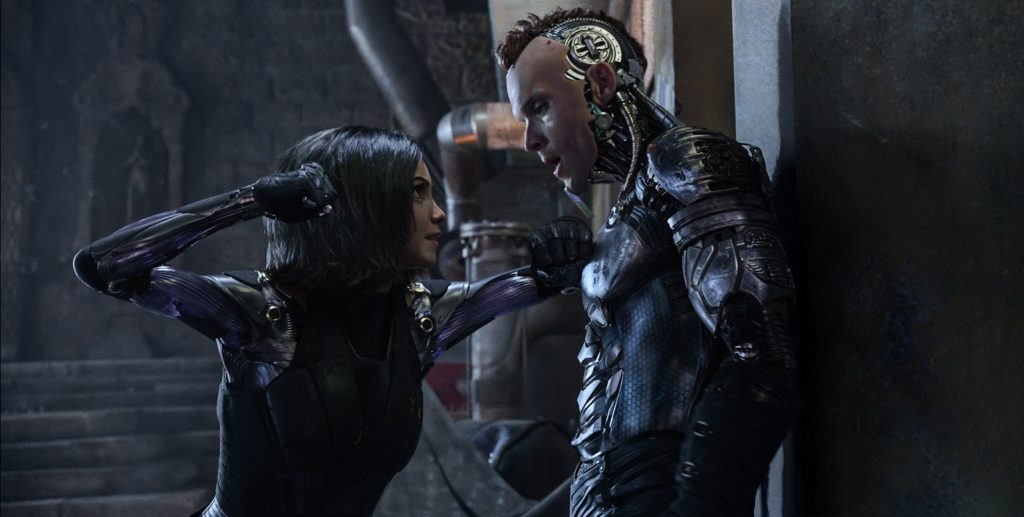
Curiously enough, there is a bit of an “uncanny valley” effect to the Alita character. While all other cyborgs are played by actors whose human faces are visible on robotic bodies via digital compositing, the appearance of this film’s protagonist is entirely CGI and features oversized eyes. It’s a strange choice, given that the other unique characters look so different. Admitttedly, the all-digital character creation works in some respects, as when Alita is running around and performing physical tasks. Yet the movie’s bigger emotional beats don’t translate nearly as well.
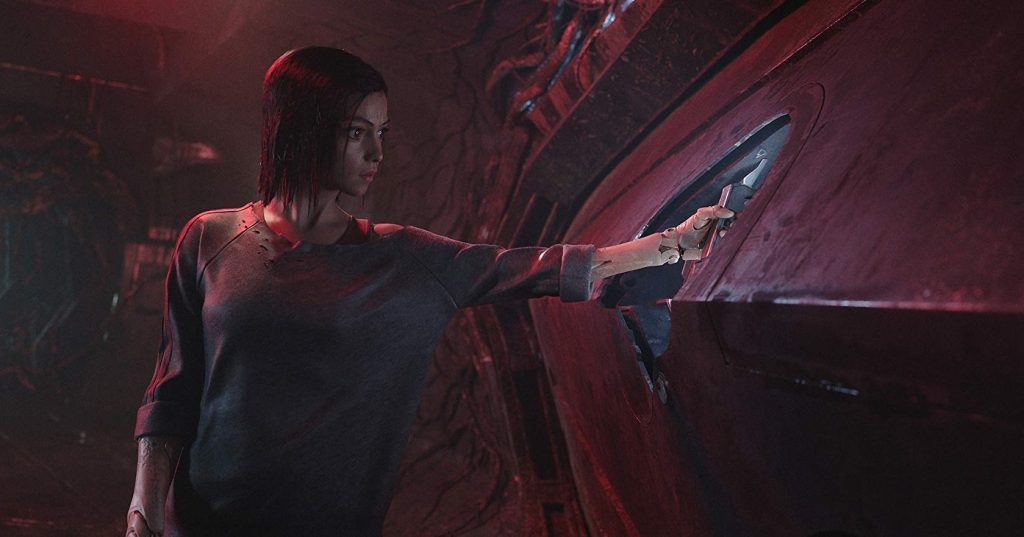
One supposes it could have been worse, considering how much of the production must have involved actors staring at blank walls and tennis balls. Waltz does manage to make his interactions with Alita believable, at least in the wide shots (as mentioned, close-ups of Alita aren’t nearly as convincing). It works in fits and starts, but the end effect leaves one detached and cold about the characters and their personal struggles.
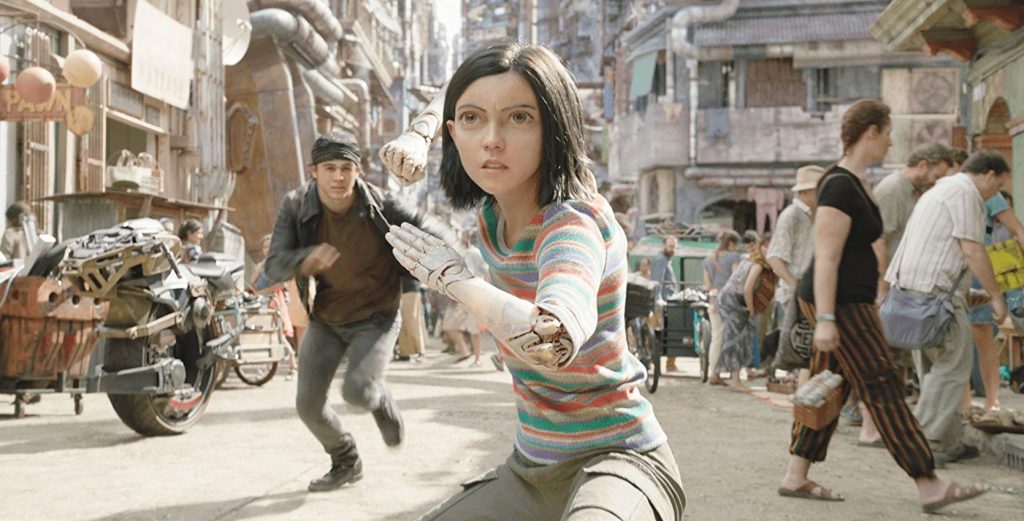
The good news is that the action itself is impressive, particularly when Alita battles other unique-looking cyborgs both in and underneath the dilapidated city streets, not to mention when participating in an incredibly dangerous Motorball challenge. These sequences are the film’s most imaginative and they jolt things to life. Director Robert Rodriguez (Sin City, Planet Terror, From Dusk Till Dawn) also throws in a few fun cameos from familiar faces who have appeared in his previous features.
Still, the story itself is a little ungainly and awkwardly written. There’s an awful lot of exposition in between the fights. While the movie may be using Alita’s amnesia as a reason to bluntly explain the back story, there’s still an awful lot of talking about who is doing what and why… and this all slows down the pacing. It also appears to be cramming too much into its two-hour frame. This is particularly true during the extended denouement, which quickly and clumsily wraps up one character’s story while trying to set up more sequels. Those bits really don’t work as effectively as they should.
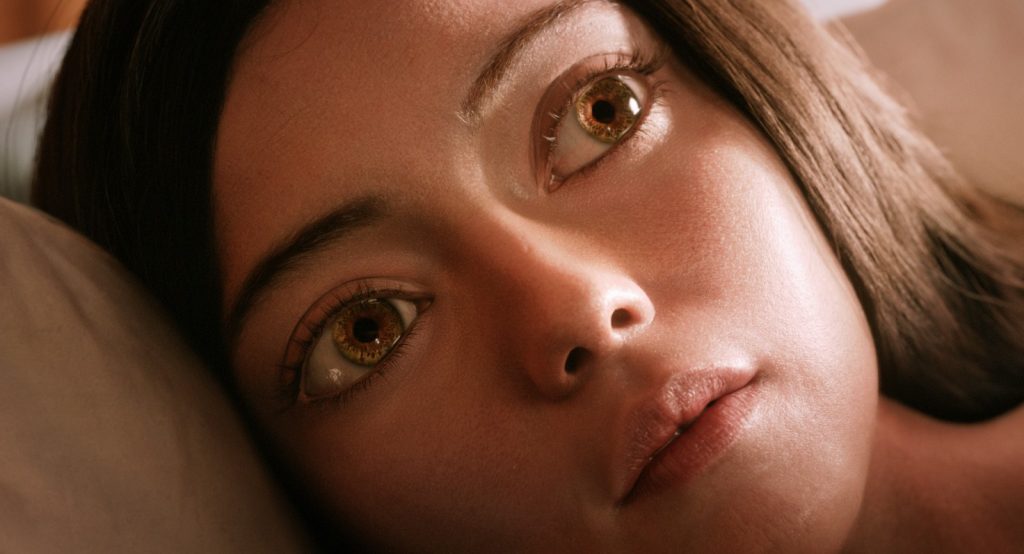
Alita: Battle Angel is an interesting novelty that tries to take CGI technology to a new plateau. And some of it certainly looks great. However, the screenplay is something of a jumble, leaving its leads underdeveloped. The drawback is that the important personal moments are lost… and many viewers won’t be all that interested or excited about seeing where these characters go next.


